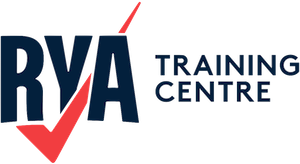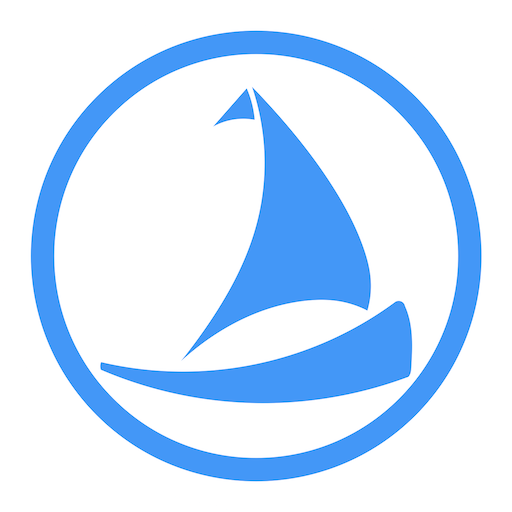Glossary
-
TermDefinition
- General Nautical Terminology ScopeAmount of cable or 'rode' which is let out when anchoring or laying a cable.
- General Nautical Terminology, Nautical Saying Scupper
An opening in the side of a ship or boat, designed to allow water on deck to drain overboard.
In maritime terminology, a scupper is an...
More Details - General Nautical Terminology Sea Anchor
A device, typically a canvas or synthetic fabric drogue, deployed in the water to stabilise a vessel by creating drag and reducing drift in rough...
More Details - General Nautical Terminology Sea BreezeA daytime wind blowing across a coastline from the sea caused by the rising air from land heated by the sun
- General Nautical Terminology SeacockA stop-cock next to the hull to prevent accidental entry of water
- General Nautical Terminology Sealegs
The ability of a person to maintain balance and move steadily on a vessel in motion, particularly in rough seas.
Sealegs is a term deeply...
More Details - General Nautical Terminology, Safety Search and Rescue (SAR)
The coordinated efforts undertaken to locate and assist individuals in distress or imminent danger, typically at sea, and to bring them to...
More Details - General Nautical Terminology, Safety Search and Rescue Transponder (SART)
An emergency device that responds to radar signals by transmitting a series of pulses to help rescuers locate a vessel or liferaft in...
More Details - General Nautical Terminology, Navigation Secondary Port
A location where tidal information is derived by applying corrections to data from a nearby Standard Port.
A secondary port is a coastal...
More Details - Flag / Pennant, Signals & Communication Second Substitute (ICS Flag)

Substitute or repeater flags allow messages with duplicate characters to be signalled without requiring multiple sets of flags.
- General Nautical Terminology Sector Light
Occasionally a light may not be visible through 360 degrees, or it may shine different colours depending on where it is viewed from. In this...
More Details - General Nautical Terminology, Safety, Signals & Communication Sécurité
A maritime safety message broadcast over radio to convey important but non-urgent navigational or weather-related information.
Sécurité is a...
More Details - Flag Semaphore, Morse Code, Signals & Communication Semaphore
A signalling system used to convey information at a distance by means of visual signals, typically using flags or lights.
Semaphore is a...
More Details - General Nautical Terminology Semi-Displacement VesselA semi-displacement hull combines the features of a planing vessel along with a displacement hull. The vessel will rise at the bow as she... More Details
- General Nautical Terminology SendVertical movement of waves or swell against, for example, a harbour wall
- General Nautical Terminology, Navigation Set
The direction which a current flows in a body of water.
In marine navigation, understanding the set of a current is crucial for plotting an...
More Details - General Nautical Terminology, Navigation Set
The process of securing a boat in a stationary position by deploying and embedding an anchor into the seabed.
When a mariner 'sets anchor',...
More Details - General Nautical Terminology Set Sail
To "set sail" means to begin a voyage or journey by sea, typically by hoisting the sails of a sailboat or ship to catch the wind and propel the...
More Details - General Nautical Terminology Shackle
A U-shaped metal fitting with a pin or bolt across the opening, used in marine applications to connect ropes, chains, or other fittings...
More Details - General Nautical Terminology ShaftdriveMany sailing vessels and most motor cruisers will have a shaftdrive transmission system. A shaft runs from the gearbox, through the hull beneath... More Details



